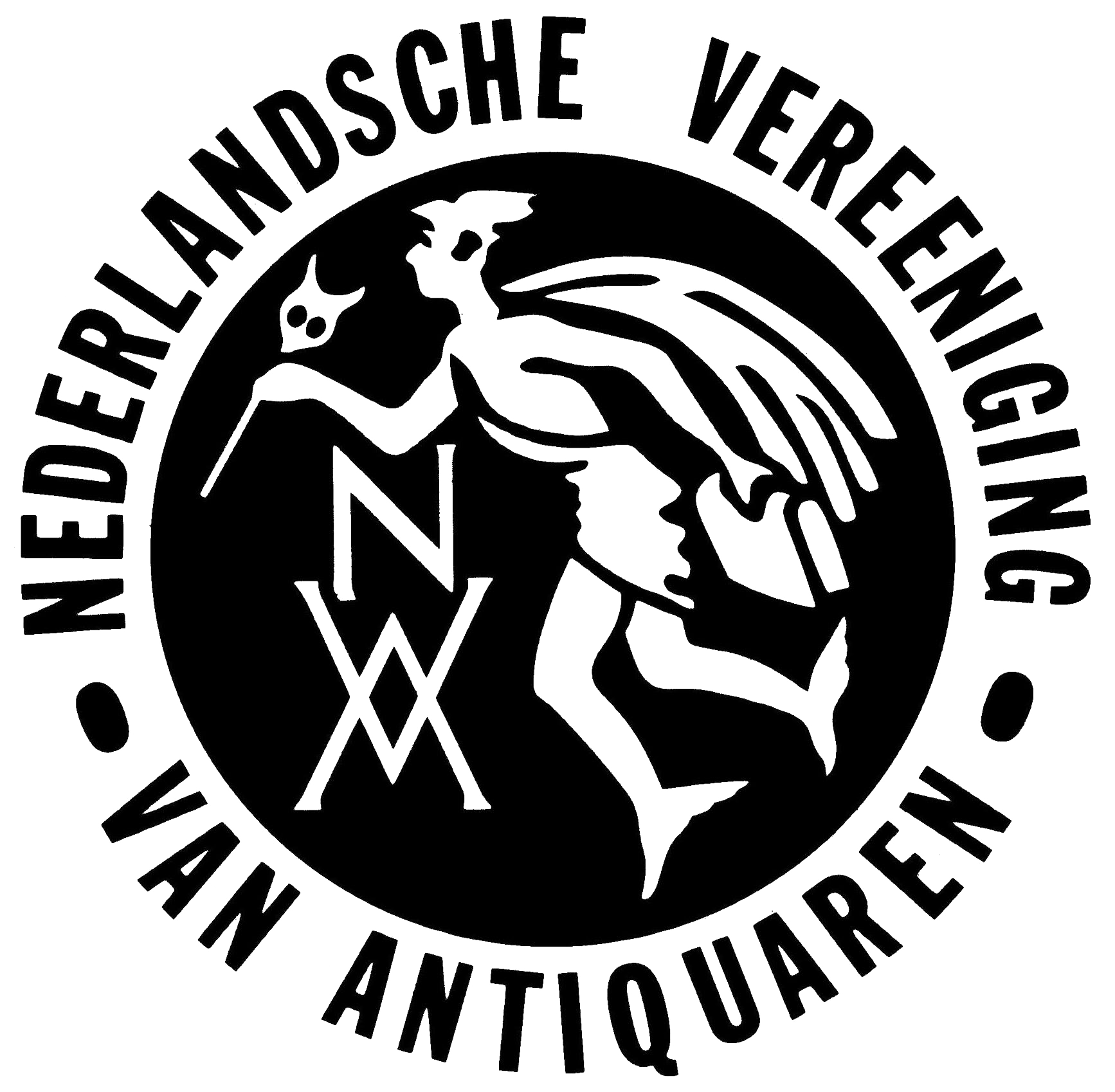Driessen, A. [Jan Sluyters]
Bonbondoos. [Candy Box].
[Rotterdam], A. Driessen, ca. 1910. Cardboard box with lid (27.8 x 20.5 x 4.5 cm). Gilt edges, marbled sides; original chromolithograph after a gouache and colour crayon drawing mounted on front (top) board. Round, gilt vignette pasted on rear (bottom) board.
A fine box, with a fine, colourful modernist lithograph, most probably by the Dutch artist Jan Sluyters (1881-1957). Johannes Carolus Bernardus "Jan" Sluijters, or Sluyters (1881-1957) was a Dutch painter and co-founder of the Moderne Kunstkring. Sluijters (in English often spelled "Sluyters") was a leading pioneer of various Post-Impressionist movements in the Netherlands. He experimented with several styles, including Fauvism and Cubism, finally settling on a colorful expressionism. His paintings feature nude studies, portraits, landscapes, and still lifes. His work was part of the painting event in the art competition at the 1928 Summer Olympics in Amsterdam. This artwork most probably represents a design for a chocolate box which, however, never came into use. A. Driessen (their label on the box bottom) was a former Dutch producer and brand name of cocoa and chocolate products. They often employed well-known artists for their product designs. The A. Driessen factory was established in Rotterdam in 1820. In 1854, the Driessen Cocoa and Chocolate Factory was put into operation in the Rotterdam district of Rubroek. In 1871, the company was given the title of purveyor to the royal household. In 1893 and 1900, the factory was expanded and around 1900, Driessen was one of the most important chocolate companies in the Netherlands. As a result of a crisis on the cocoa market in 1907, raw material prices rose sharply. At the end of 1919, more than 600 people were employed here. The stock market crash of 1929 and the subsequent Great Depression put paid to the company. In 1935, the Breda chocolate factory Kwatta purchased Driessen, and the brand name was no longer used. The firm produced a wide variety of chocolate tins, but cardboard boxes, due to their more ephemeral nature, are rarely seen. Some signs of use, in particular along the edges; a pencilled note regarding Sluyters inside; otherwise very good, clean.
![Bonbondoos. [Candy Box].](https://schierenberg.nl/media/cache/product_thumb/78286/78286.jpg)



